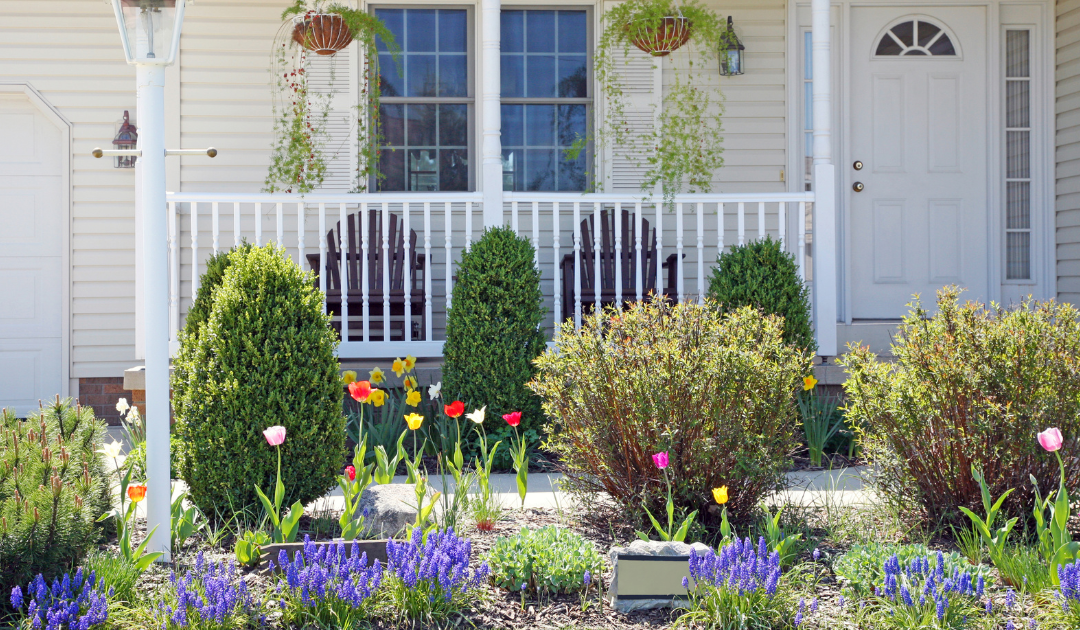As the frost of winter subsides and the verdant hues of spring emerge, so does the opportunity to breathe new life into your backyard. Spring landscaping is not merely about aesthetic enhancement; it’s a time to prepare your outdoor space for the year ahead, ensuring it’s both beautiful and functional. Early planning can maximize growth seasons, prevent common garden issues, and create an inviting environment for outdoor activities.
This guide will explore practical ideas to revitalize your backyard, incorporating a blend of botanical trends, sustainable practices, and classic landscaping principles to create a serene outdoor haven.
1) Seasonal Flowers and Plants Selection
Early spring is the ideal time to assess your soil conditions through a thorough inspection. This helps determine the type of flowers and plants that will thrive in your yard’s environment. Consider planting beds with perennials like tulips and daffodils, which benefit from the cool weather and provide a burst of color early in the season.
Also, don’t forget about flowering trees. They add height and structure to your landscape, creating a stunning backdrop for your garden beds. Remember to prune trees to remove diseased branches and promote new growth.
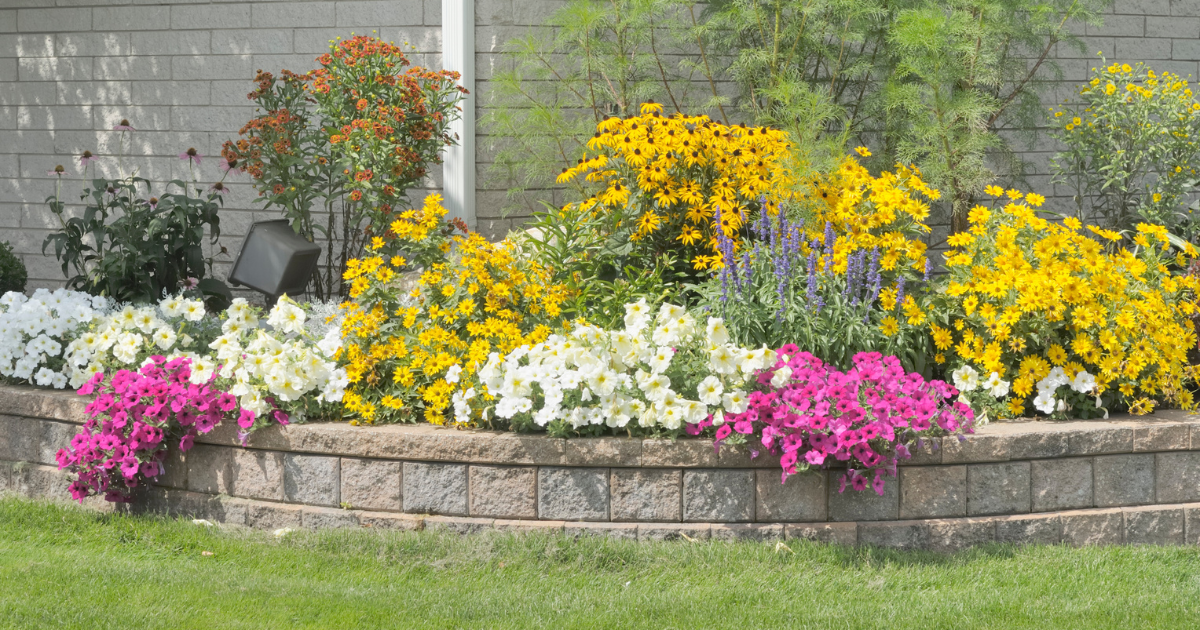
2) Creating Colorful Flower Beds
A well-designed flower bed can become the focal point of your spring landscape. Start by removing dead grass and fallen leaves, then apply fresh mulch. This tidies up your flower beds, and the mulch adds essential nutrients to the soil.
Choose a mix of annuals and perennials in various shapes and sizes when selecting flowers. This creates visual interest and ensures that something is always in bloom throughout the spring and summer.
3) Incorporating Native Plants and Shrubs
Native plants and shrubs are a great addition to any green lawn. They’re adapted to local soil and weather conditions, making them more likely to thrive. They provide food and shelter for local wildlife, contributing to a healthy ecosystem.
Before planting, consider the shape and size of each plant and how it will fit into your overall landscape design. Remember, gardening is not just about planting; it’s about envisioning the environment you want to create.
4) Designing a Spring-Themed Garden
A spring-themed garden is all about celebrating the season of rebirth and growth. Emphasize this by incorporating elements that reflect spring, like a bird bath or a butterfly garden.
Don’t forget to fertilize your garden with slow-release, organic materials. Fertilizer promotes healthy grasses and plants, helping your spring garden flourish.
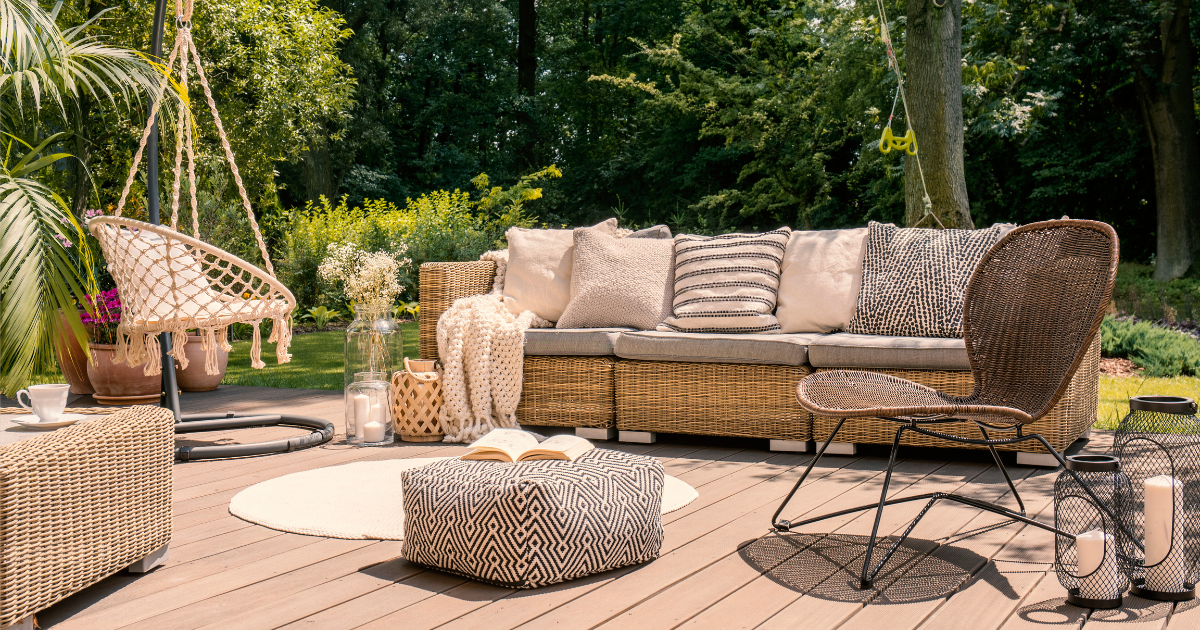
5) Outdoor Seating and Relaxation Areas
An inviting seating area can turn your green lawn into a tranquil retreat. Consider creating a cozy nook under a flowering tree or amid your garden beds. Use weather-resistant furniture and cushions that complement the colors of the spring bloom.
Also, consider edging your seating area with perennials or shrubs for an added touch. This creates a natural border that enhances privacy and adds to the aesthetic.
6) Installing Decorative Pathways or Walkways
A well-designed pathway can guide visitors through your yard, highlighting the best features of your spring landscaping. Opt for materials like gravel or flagstones that blend naturally with the environment. Make sure to keep your pathways tidy by removing any debris or fallen leaves. Apply pre-emergent herbicides to prevent weeds from growing between the stones.
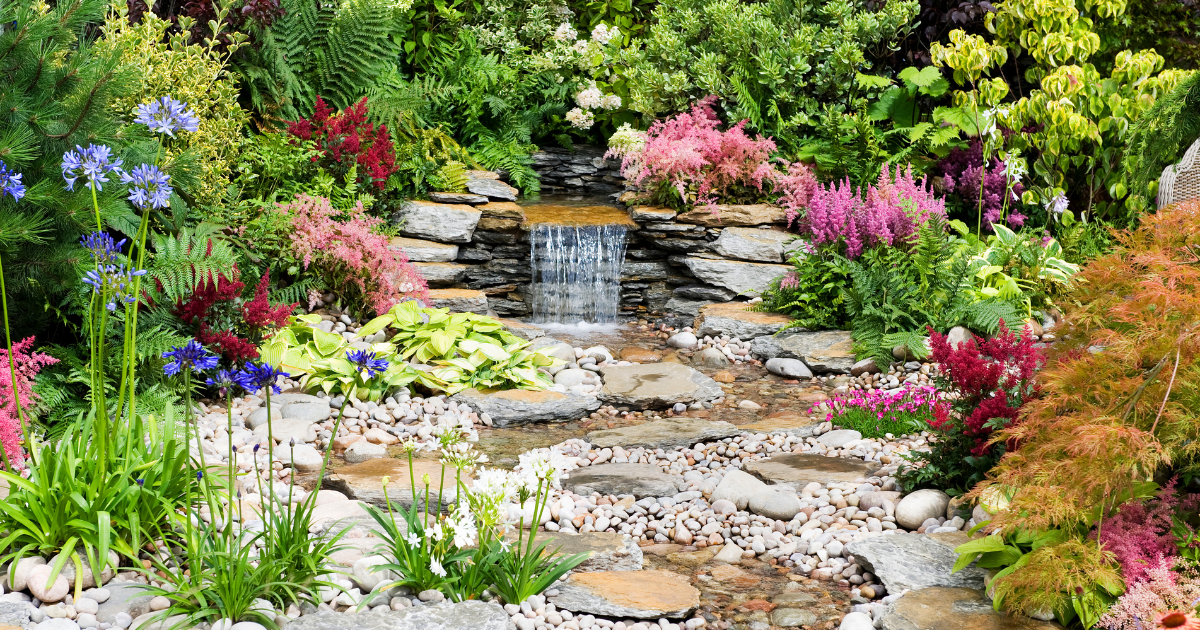
7) Adding Water Features: Fountains or Ponds
Water features add a sense of tranquility and elegance to any landscape. A small fountain nestled among your flower beds or a pond filled with lily pads can create a serene focal point. Remember to maintain a healthy moisture balance in your soil to ensure your plants thrive next to these water elements.
8) Outdoor Lighting for Evening Ambiance
As the day turns into night, outdoor lighting can transform your yard into a magical setting. Illuminate your pathways and highlight the shapes of your trees and shrubs. Solar-powered lights are eco-friendly and provide a soft glow without increasing energy bills.
Incorporating these features can elevate the beauty and functionality of your spring landscape. It’s all about creating a space that invites relaxation, exploration, and enjoyment at any time of day.
9) Sustainable Landscaping Practices
Sustainable landscaping is more than just lawn care. It’s about creating a beautiful, thriving environment that benefits you and the local ecosystem.
It is a practice that respects and enhances the environment. It starts with thoroughly inspecting your yard’s soil conditions to select plants that will thrive naturally. Choosing native plants, for instance, reduces the need for excessive watering and fertilizers.
Compost is an excellent organic material that enriches the soil, promoting healthy grasses and plant growth. Mulching helps retain moisture and suppress weeds, reducing the need for chemical weed killers. In early spring, prune branches and stems to remove diseased branches, encouraging new growth and preventing disease spread.
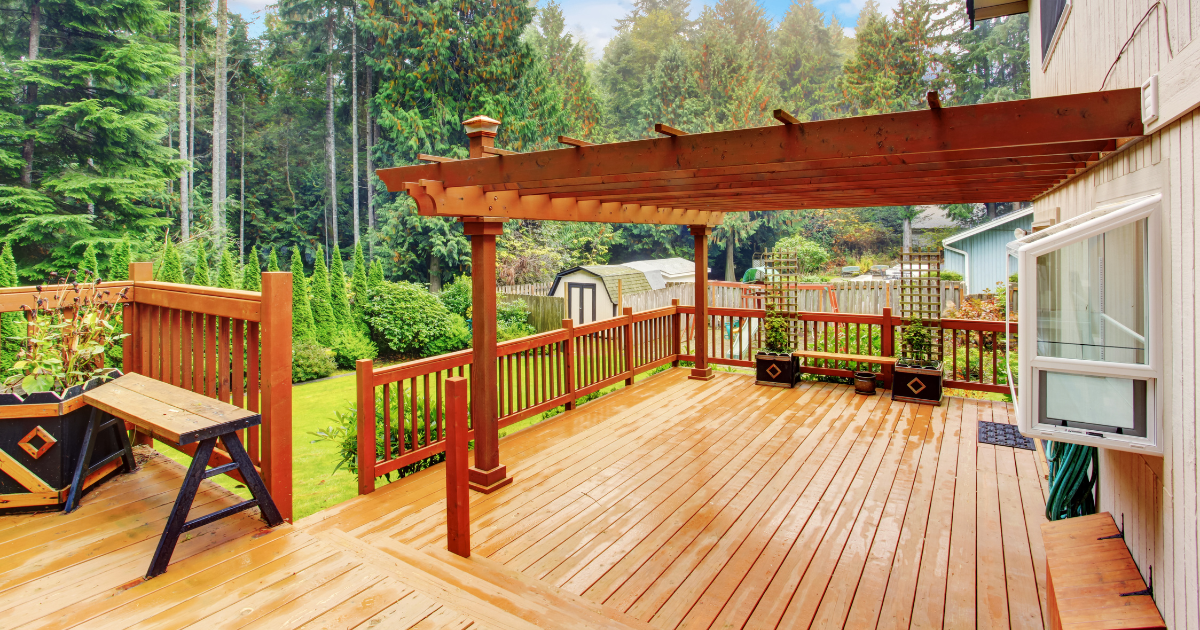
10) Building a Deck or Patio for Outdoor Entertaining
An outdoor deck or patio can be perfect for your spring landscape. It provides a dedicated space for entertaining, allowing guests to enjoy the beauty of your flowering trees and garden beds.
When constructing your deck or patio, consider using sustainable materials that complement your home and garden. Incorporate features like built-in seating, a fire pit, or an outdoor kitchen for added functionality. Keep the area tidy by regularly removing debris and fallen leaves.
11) Creating Designated Spaces – Reading Nook, Play Area for Kids, Meditation Corner
Designated spaces in your yard can cater to different activities and enhance the overall appeal of your green lawn.
- A quiet reading nook under a flowering tree offers a serene escape. Consider adding a comfortable bench and a small side table for your books and beverages.
- For families, designate a safe play area for kids. Use fresh mulch to create a soft landing for any tumbles. A sandbox or a small climbing structure can keep children entertained for hours.
- A meditation corner, perhaps by a soothing water feature, can provide a peaceful place to unwind. Surround it with aromatic plants like lavender or rosemary to enhance the relaxing ambiance.
Incorporating these spaces into your spring landscaping plan can transform your yard into a versatile, welcoming environment for everyone to enjoy.
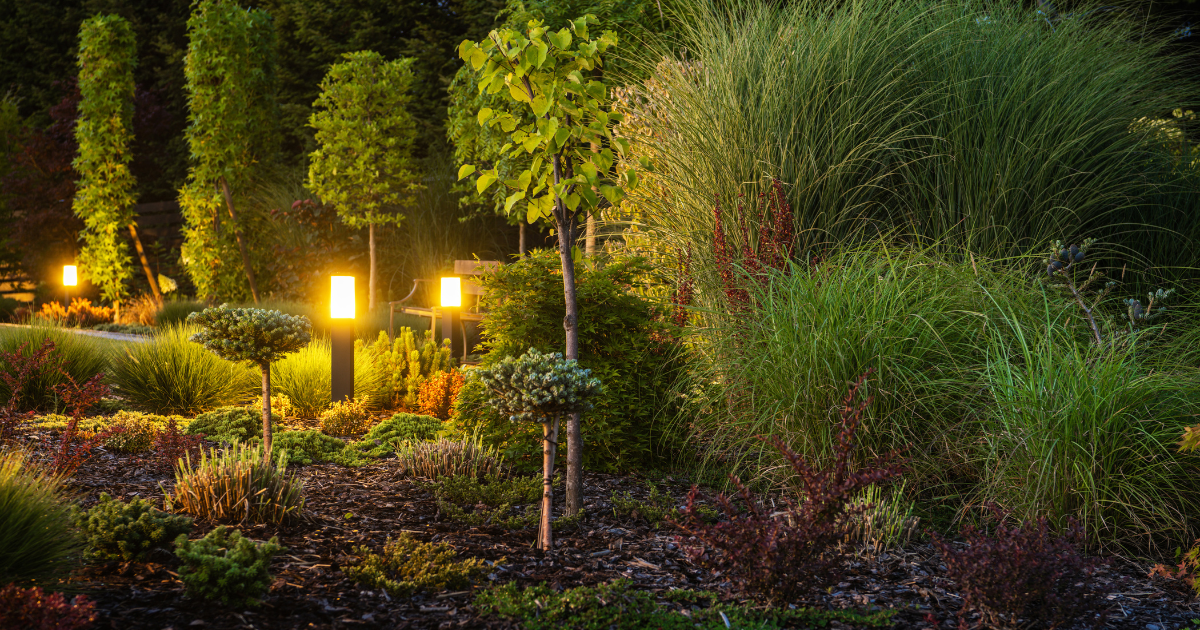
12) Hanging Decorative Lights or Lanterns for Ambiance
As the winter snow fades and the growing season begins, consider hanging decorative lights or lanterns to enhance your yard’s ambiance. These lights can illuminate your flowering trees, fresh mulch, and garden beds, creating a magical setting as the day turns into night. Opt for solar-powered lights that provide a soft glow without increasing energy bills.
13) Planting Trees and Shrubs for Privacy, Shade, and Borders
Planting trees and shrubs is an essential part of spring landscaping. They provide privacy, create shade during the hot summer months, and define the borders of your green lawn. During an early spring inspection, identify the best spots in your yard for new growth. Consider the shape and size of each tree or shrub and how it will fit into your overall landscape design.
14) Establishing a Vegetable/Herb Garden
Establishing a vegetable or herb garden can be a rewarding addition to your spring landscaping project. Choose a sunny spot in your yard and prepare the ground by removing any debris, weeds, or dead grass. Apply a slow-release fertilizer and fresh compost to enrich the soil with essential nutrients.
Choose plants that will thrive in your specific soil and weather, from tomatoes and lettuce to basil and thyme. Regularly fertilize your garden to promote healthy growth and keep it tidy by mulching and removing fallen leaves.
A vegetable or herb garden isn’t just about the produce you harvest. It’s also about the process, the time spent outdoors, and the satisfaction of seeing your plants flourish from buds to full-grown vegetables or herbs.
15) Constructing Trellises, Arbors for Climbing Vines
Constructing trellises and arbors can add a new dimension to your spring landscaping. These structures support climbing vines, adding height and interest to your green lawn. Choose plants like clematis or honeysuckle that will thrive in your specific soil and weather conditions.
During the early spring growing season, prepare the ground by removing debris or dead grass and applying a slow-release fertilizer. This enriches the soil with essential nutrients and promotes healthy plant growth. Also, prune the vines regularly to maintain shape and remove diseased branches.
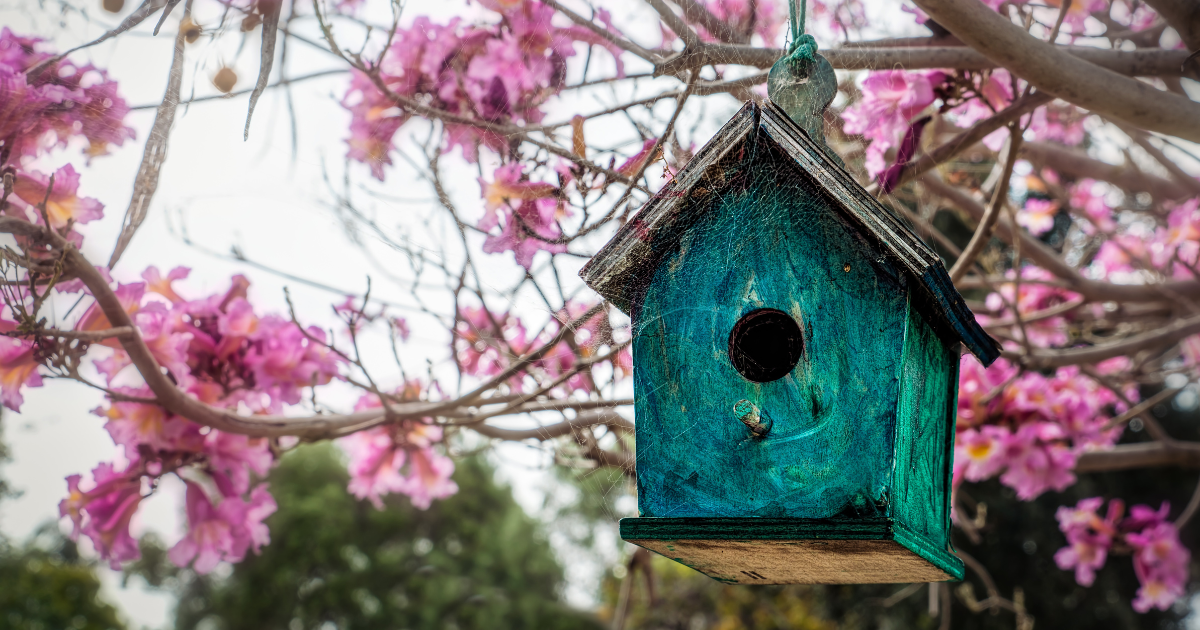
16) Installing Birdhouses/Feeders and Pollinator Habitats
Installing birdhouses, feeders, and habitats for pollinators is another way to enhance your backyard environment. These additions invite wildlife, adding life and movement to your landscape. They also benefit your garden by attracting birds and insects that help with pest control and pollination.
Choose a location safe from predators and close enough to flowering trees and shrubs. Fill your bird feeders with seeds, and watch as various birds visit your backyard. For pollinators, consider planting beds filled with native flowers that provide nectar throughout the growing season.
Conclusion: Transforming Your Backyard with Spring Landscaping Ideas
Spring landscaping is more than just lawn care; it’s about transforming your backyard into a vibrant, welcoming space. From planting flowering trees and fresh mulch to constructing arbors and installing birdhouses, each element contributes to your landscape’s overall aesthetic and function.
Remember the importance of a thorough inspection at the start of the season, regular pruning, and applying fertilizer to promote new growth. Don’t forget to keep your yard tidy by removing fallen leaves and other debris. With careful planning and attention to detail, you can create a spring landscape that flourishes and provides a beautiful setting for relaxation and enjoyment.

